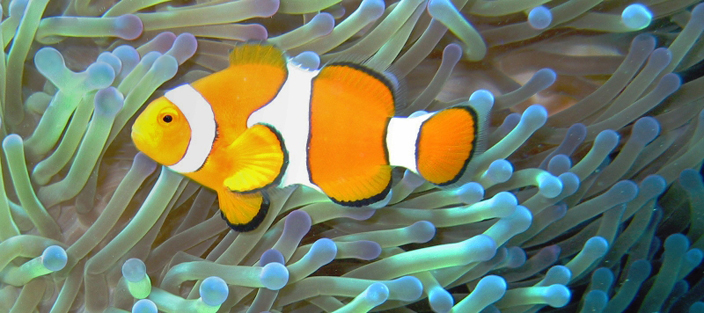
|
The term biomimetics, in all its facetted variations (bionics, biomimicry, bioinspiration) has been in use since the 1950s when Otto Schmitt defined it as “biology + technology” and applied it mainly within the field of engineering. In the field of architecture, however, this term has been adopted only within the last five to ten years and too often erroneously refers to studies limited to the formal and morphological aspects of the biological world. In the concepts that follow, we expand the term biomimetics by investigating the animal kingdom as a source of lessons and inspirations, and by considering it our teacher, such as naturalist J. Benyus states in her book Biomimicry: “…[to] use Nature as Model, Measure and Mentor.” We concentrate on aspects of architectural innovation inspired by “structural” natural elements. We interpret “structural” as meaning all inspiration that “informs the form,” and provides functionality to the designed elements. Studying animals provides inspiration at many levels. It is fascinating how they relate and adapt to diverse environmental and climatic conditions, finding strategies to survive that are at times physiological and at times behavioral. This work began with specific studies about thermo-regulation strategies that are developed and used by animals in the most diverse habitats and developed into the study of other aspects of animal physiology, such as energy optimization, water management, and animal architecture—the use of indigenous materials and inventive techniques to produce not only functional but beautiful shelters. Following, we introduce five projects in a spectrum of possibilities connected to the topics of energy, water management, the wise use of local, natural renewable resources, and the adaptation to climate—all of which are inspired by animals. |
